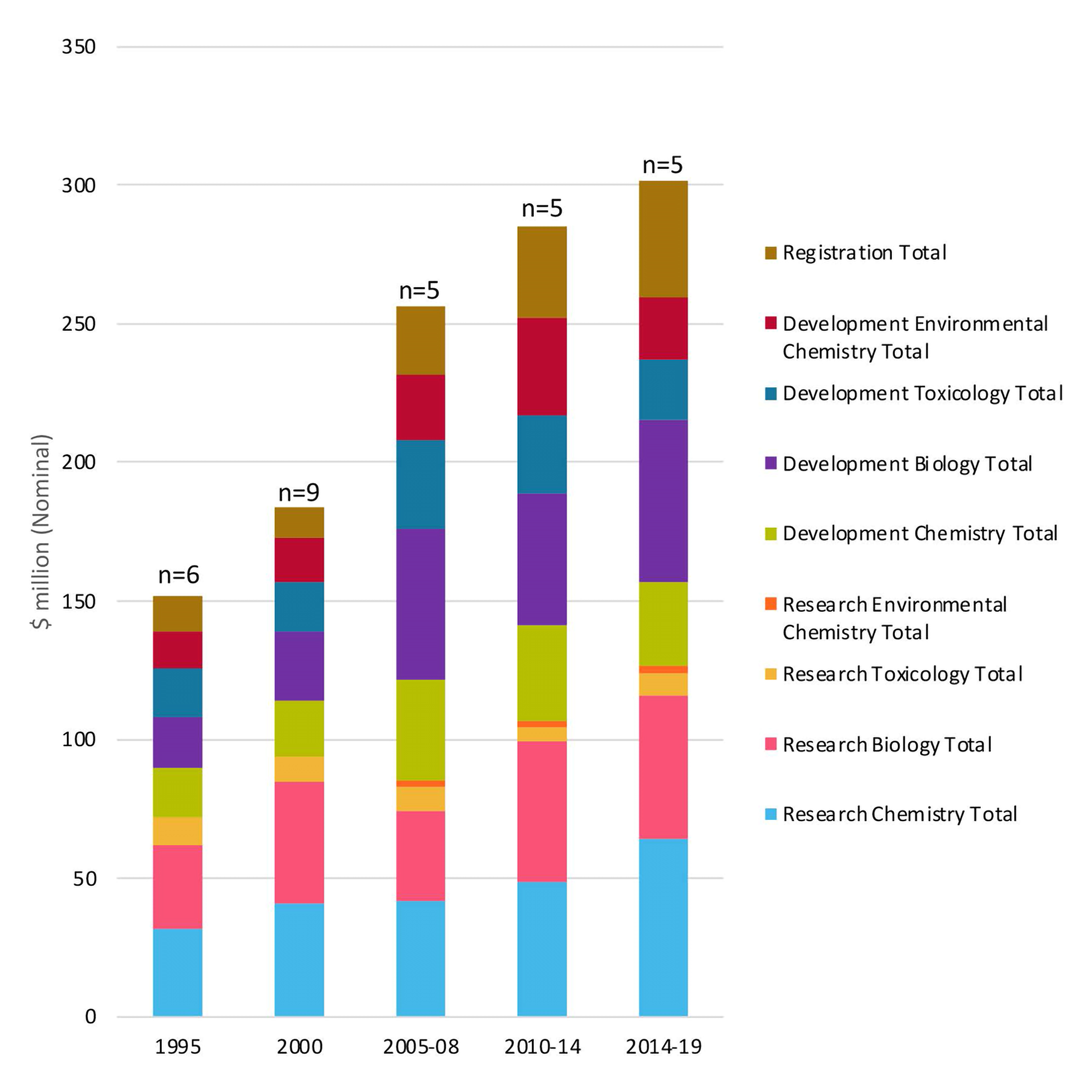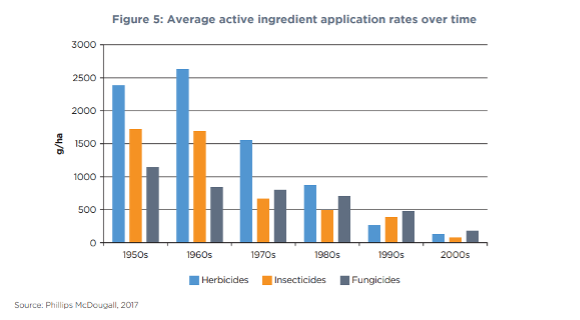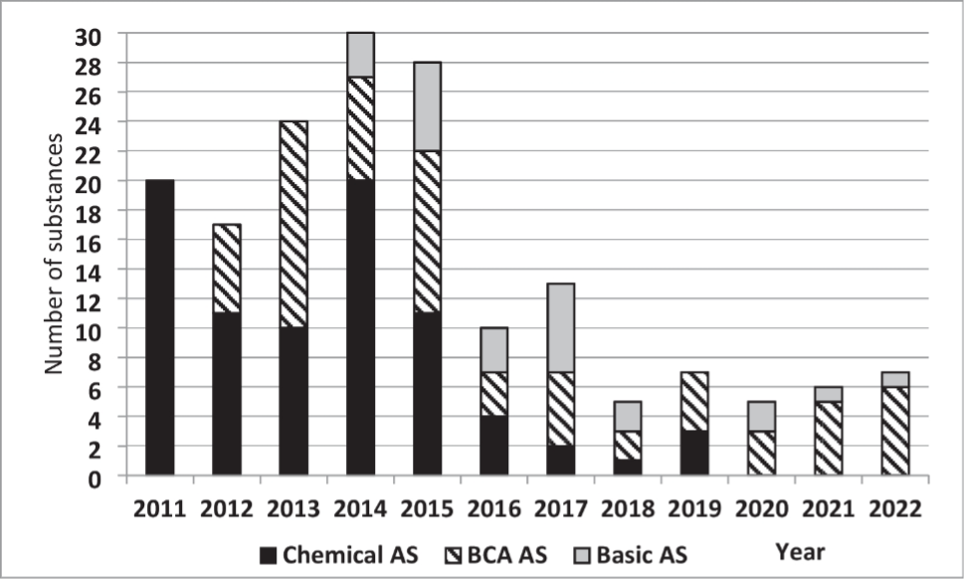With mounting regulatory pressure, the crop protection industry is shifting away from new active ingredients and embracing smarter co-formulant-based formulations.
Navigating the Regulatory Challenges in Europe for Crop Protection: The Case for Advanced Co-Formulants
Introduction
The European regulatory landscape for crop protection is becoming increasingly restrictive, making it difficult for new active ingredients (AIs) to be developed, approved, and launched. With rising costs, stringent environmental assessments, and a high risk of bans, the industry must find innovative solutions to maintain agricultural productivity. One of the most promising approaches is the optimization of formulations through advanced co-formulants, which enhance the efficacy and complementarity of the remaining approved AIs while improving sustainability.
The Challenges of Developing New Active Ingredients
High Development Costs and Regulatory Challenges
Developing a new crop protection AI is a costly and time-intensive process. On average, it takes 10–12 years and an investment of over €300 million to bring an AI from discovery to market. A significant portion of this cost stems from the extensive safety and environmental assessments required by the European Food Safety Authority (EFSA) and national regulatory bodies.
Discovery & Development Costs of a New Active Ingredient (Mean Average)
n = the number of survey responses
Source: https://croplife.org/wp-content/uploads/2024/02/Time-and-Cost-To-Market-CP-2024.pdf
Increasing Risk of Market Bans
Once an AI is approved, there is no guarantee it will remain on the market. Under Regulation (EC) No 1107/2009, active substances undergo periodic review, and many have been withdrawn due to stricter hazard-based cut-off criteria. This regulatory uncertainty significantly increases the financial risk for companies investing in new AIs.
Number of Approved Active Ingredients in the EU Over Time
Source: https://link.springer.com/article/10.1007/s11356-022-24057-7/figures/
Additional Regulatory Pressures
Policymakers are launching projects like the Sustainable Use Directive (SUD) and the Farm to Fork strategy to reduce the use of chemical pesticides by 50% by 2030. Maximum residue levels (MRLs) are also becoming stricter, limiting the global competitiveness of EU agricultural exports.
Majors’ Response: A Shift in Formulation Strategy
In the early 2000s, a shift began toward high-concentration and multi-AI formulations. Tensiofix supported this transition by helping customers master the technologies to blend AIs effectively and improve stability at higher concentrations.
Later, the rise of volatile organic compound (VOC) restrictions prompted a move toward solid active ingredient formulations like SCs and WDGs. Most recently, oil dispersion (OD) technologies have gained ground due to their built-in adjuvant effect, along with a growing preference for tank-mix and bio-based adjuvants.
Tensiofix, in partnership with Ajinomoto Co. (Japan), is actively developing biobased solutions in this space. The emergence of safer solvents is further driving a return to liquid formats such as EC and EW, backed by tools like COSMO-RS to accelerate development.
The industry has nearly halted the development of new chemical AIs in favor of biocontrol agents (BCAs) and basic substances (Basic AS). We believe that the combination of small amounts of chemical AIs with BCAs through optimized formulations is the future of sustainable pest management.
Evolution of Active Substances in Europe: Chemicals vs. Biocontrol Agents
Source: https://link.springer.com/article/10.1007/s11356-022-24057-7/figures/4
Finally, biostimulants are gaining traction as one of the fastest-growing segments in agriculture. Healthy crops are more resilient, reducing the need for chemical intervention. At Ajinomoto AgroSolutions, we are uniquely positioned to support this shift through our dual expertise in biostimulants and co-formulants.
Conclusion: The Need for Regulatory Adaptation
While the European regulatory framework aims to enhance sustainability, it also presents significant challenges to innovation. To navigate this environment, the industry must prioritize formulation science and invest in co-formulant technologies that maximize the value of remaining AIs.
Regulatory bodies should also incentivize safer, more effective formulations as part of a balanced crop protection policy. At Ajinomoto AgroSolutions, we are committed to leading this transition — delivering high-performing, sustainable solutions through innovation and collaboration.
Let’s Turn Regulatory Pressure Into Your Competitive Advantage
You’re not alone in navigating the complexities of the European regulatory framework. But not everyone has the right partner to stay ahead of it.
At Ajinomoto AgroSolutions, we combine proven formulation science, a robust regulatory track record, and a dual portfolio of co-formulants and biostimulants — ready to transform your pipeline.
- Want to reformulate a product under pressure?
- Looking to combine chemical AIs with biocontrols?
- Need to scale a formulation that regulators will approve — and farmers will trust?
Let’s build yoir next-generation formulation together.
Reach out today and get direct access to our experts. No bots. No waiting. Just real solutions.



